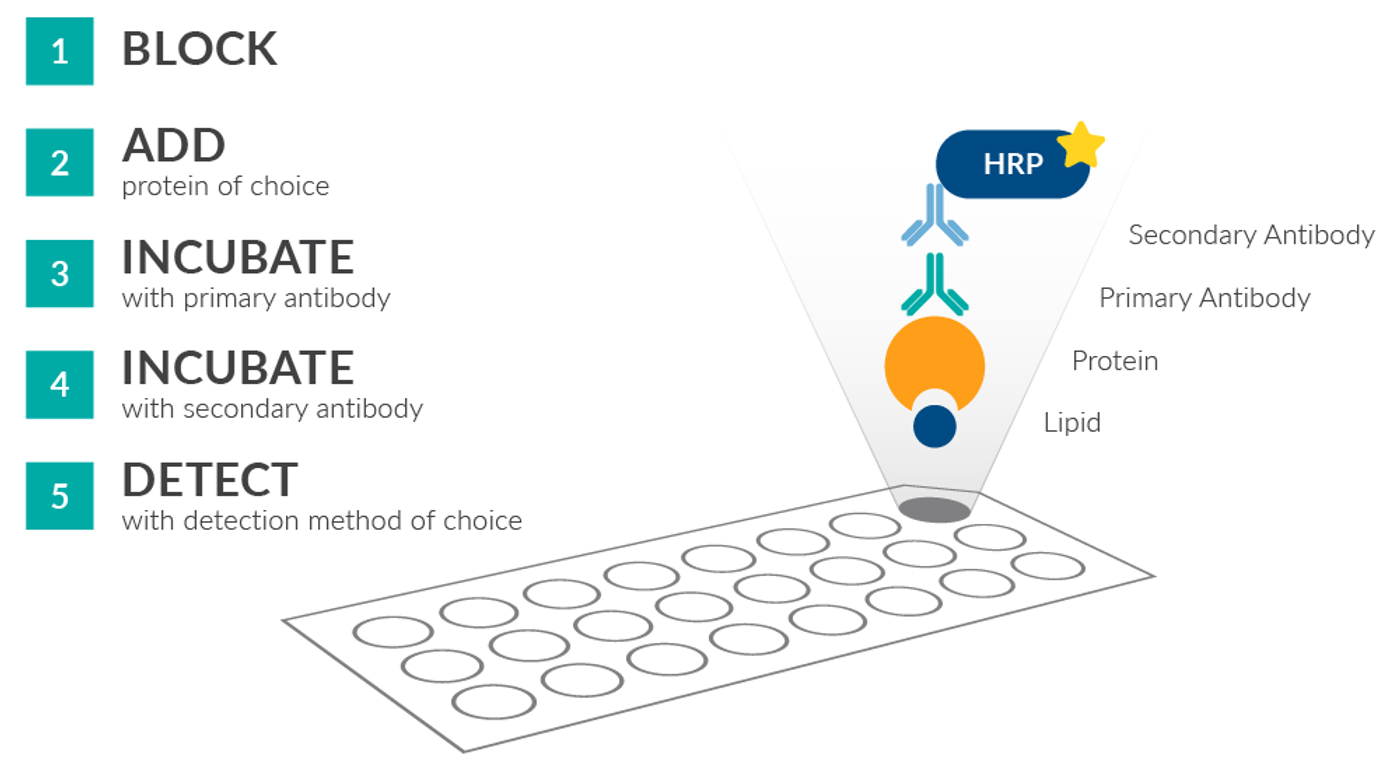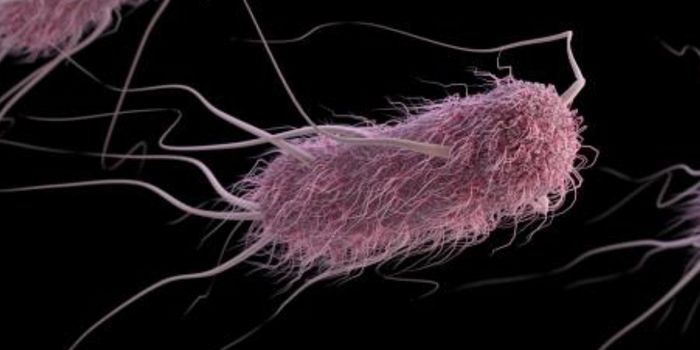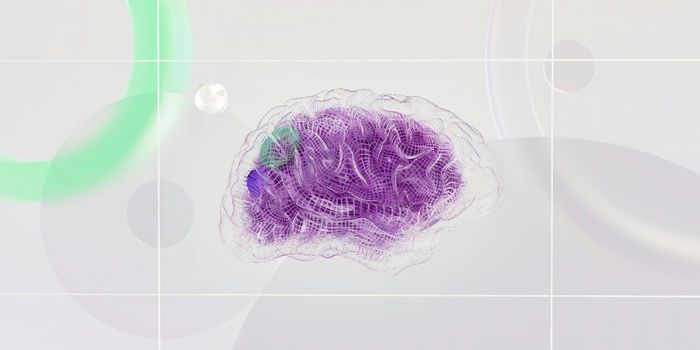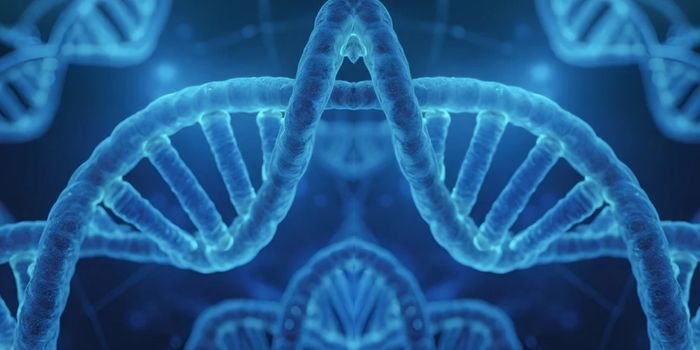Headquartered in Ann Arbor, Michigan, Cayman Chemical Company supplies scientists worldwide with the resources necessary for advancing human and animal health. We manufacture high quality biochemicals, assay kits, antibodies, and recombinant proteins and offer contract services for custom chemical synthesis/analysis, assay development/screening, and drug discovery.
A Rapid Tool to Study Protein-Lipid Interactions
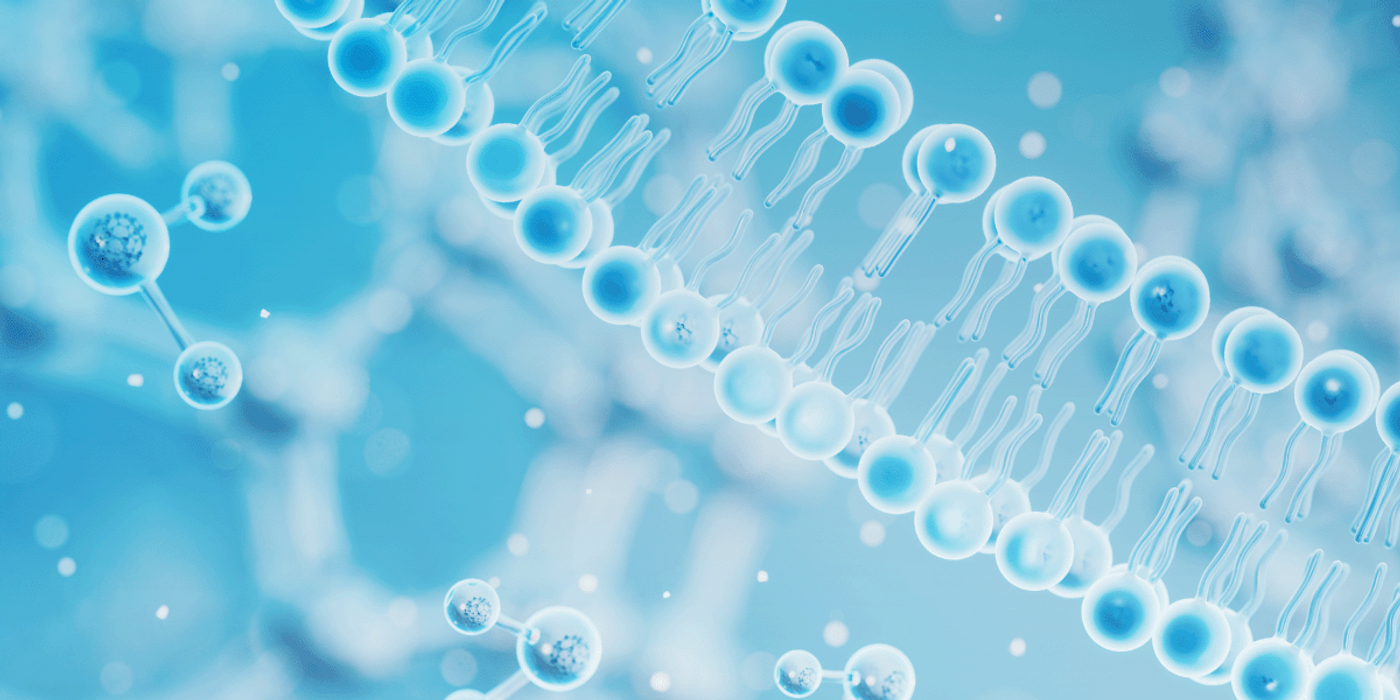
Diverse Biological Roles of Membrane Lipids
Membrane phospholipids are well known for their role as the main component of membranes where they form the lipid bilayer due to their amphipathic character. Alongside cholesterol (chol), a major sterol component of mammalian cell membranes that interacts with membrane phospholipids, lipids interact with proteins to influence their behavior.
Phosphatidylinositol (PI, also known in the literature as PtdIns) is a class of membrane phospholipid that can be phosphorylated at different positions of the inositol ring to produce a variety of phosphatidylinositol (also known as phosphoinositide) phosphates (PIPs), a family of membrane lipids that act as crucial lipid signaling molecules. PIPs participate in many cellular responses by functioning as location markers, analogous to biochemical ZIP codes, organizing cellular proteins to particular sites and directing their activities through specific protein-lipid interactions. PIPs can also act as precursors for other second messengers, as, in the case of PIP2, IP3 and diacylglycerol (DAG) through hydrolysis by phospholipase C. DAG molecules act as second messengers and recruit protein kinase C (PKC), a key enzyme family with roles in many signal pathways, to cell membranes.
Other membrane lipids can also be transformed into lipid signaling molecules that control a number of downstream responses such as cell migration, proliferation, and survival. Lysoglycerophospholipids, including lysophosphatidic acid (LPA), lysophosphatidylcholine (LPC), or lysophosphatidylethanolamine (LPE) are formed by the PLA2-catalyzed hydrolysis of membrane phospholipids. The bioactive sphingolipid sphingosine-1-phosphate (S1P) is structurally similar to LPA and can also be produced at membranes by hydrolysis of sphingomyelin (SM), which results in the release of the amino alcohol sphingosine, which can then be phosphorylated by sphingosine kinase to yield S1P.
Sulfatide is a sulfated glycosphingolipid that has a prominent role in the nervous system. It is abundant in the myelin sheath, a lipid-rich extension of the plasma membrane that protects axons and assists the transmission of electrical impulses between neurons. Cardiolipin (CL) is a phospholipid and a major lipid component of the inner mitochondrial membrane with roles in bioenergetics and mitochondrial dynamics.
A Rapid Tool to Study Protein-Lipid Interactions
Cayman LipiDOT Strips™ can be used to identify potential interactions between a target protein and 22 different lipids arrayed as a preconfigured panel using a protein-lipid overlay assay. Two blank (blue) spots for adding positive and negative controls are also included. The workflow is similar in many ways to a Western blot. The assay is simple to perform, low cost, and can be completed in a single day.
This tool can be used to help understand the important roles of lipids in modulating protein function through the identification of new lipid-protein interactions. Such discoveries would be useful in the pursuit of new therapeutic avenues.
Learn more about using Cayman LipiDOT Strips™ to study protein-lipid interactions™
